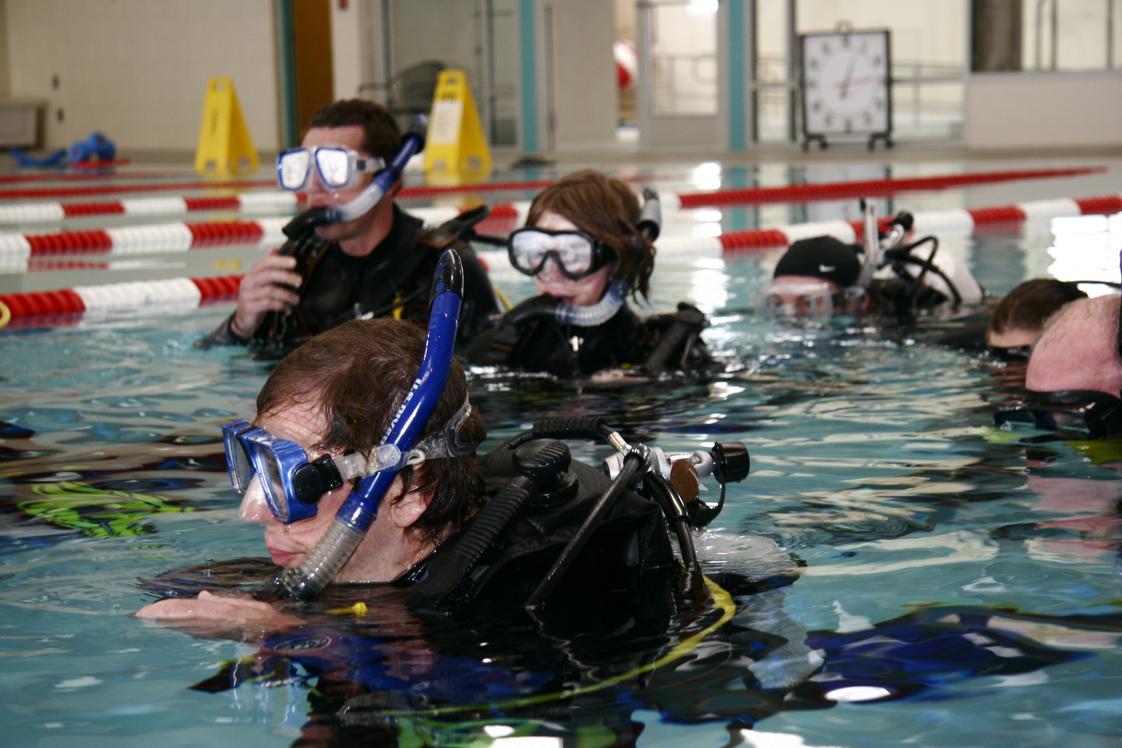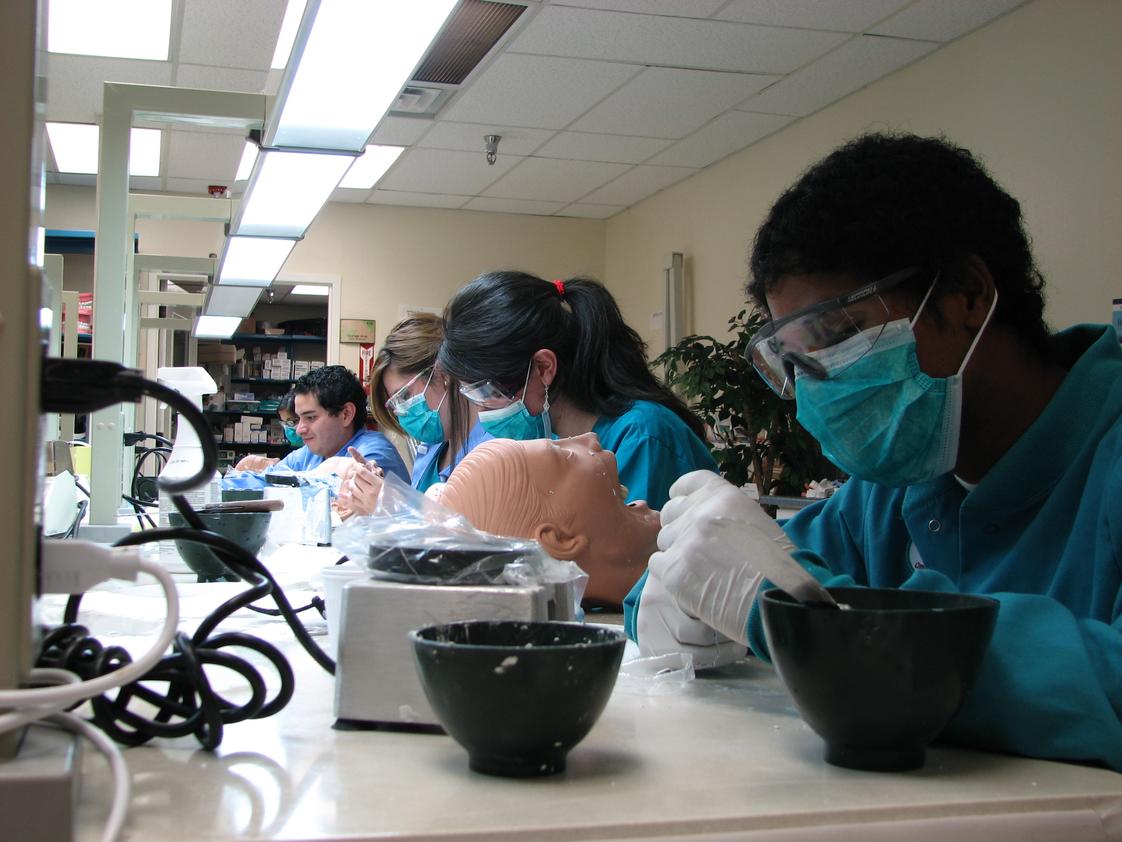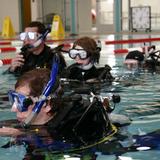- For more than 35 years, Santa Fe Community College has been the gateway to success for individuals and the community by providing affordable, high-quality educational programs that serve the social, cultural, technological and economic needs of a diverse community. SFCC is designated a Best for Vets and a Military Friendly school. The college serves more than 13,000 students per year in its credit, noncredit and adult programs.
School Highlights
Santa Fe Community College serves 4,432 students (16% of students are full-time).
The college's student-teacher ratio of 13:1 is lower than the state community college average of 16:1.
Minority enrollment is 62% of the student body (majority Hispanic), which is less than the state average of 74%.
Quick Facts (2025-26)
- Enrollment: 4,432 students
- In-state tuition: $2,139
- Out-state tuition: $4,131
- Acceptance Rate: 100%
- Student-teacher ratio: 13:1
- Minority enrollment: 62%
- Source: Verified school update
Top Rankings
Santa Fe Community College ranks among the top 20% of public schools in New Mexico for:
School Overview
The teacher population of 337 teachers has declined by 27% over five years.
Santa Fe Community College
(NM) Community College Avg.
Carnegie Classification
Associates Colleges
Associate's Colleges: Mixed Transfer/Career & Technical-High Nontraditional
Institution Level
Less than 2 yrs
At least 2 but less than 4 years
Institution Control
Public
Public
Total Faculty
337 staff
111 staff
Number of Programs Offered
142
58
School Calendar
Student Body
The student population of Santa Fe Community College has grown by 7% over five years.
The student-teacher ratio of 13:1 has decreased from 16:1 over five years.
The Santa Fe Community College diversity score of 0.62 is less than the state average of 0.67. The school's diversity has stayed relatively flat over five years.
Total Enrollment
4,432 students
2,145 students
Student-Teacher Ratio
13:1
16:1
# Full-Time Students
696 students
371 students
# Part-Time Students
3,736 students
1,774 students
# Enrollment Undergraduate
304 students
284 students
# Full-Time Undergraduate Students
3,653 students
490 students
# Full-Time Graduate Students
n/a
146 students
# Part-Time Undergraduate Students
2,584 students
1,774 students
# Part-Time Graduate Students
n/a
128 students
Total Dormitory Capacity
n/a
258 students
% American Indian/Alaskan
3%
10%
% Asian
2%
2%
% Hispanic
48%
50%
% Black
1%
3%
% White
38%
26%
% Hawaiian
n/a
n/a
% Two or more races
2%
3%
% Non Resident races
4%
1%
% Unknown races
2%
5%
Diversity Score
0.62
0.67
College Completion Rate (Students who graduate in less than 4 years)
25%
25%
College Completion Rate (Students who graduate in 4 years or more than 4 years)
n/a
40%
Average Graduate Earnings (10 Years)
$34,400
$36,300
Tuition and Acceptance Rate
The public in-state tuition of $2,139 is more than the state average of $2,058. The in-state tuition has stayed relatively flat over four years.
The public out-state tuition of $4,131 is less than the state average of $4,570. The out-state tuition has declined by 10% over four years.
In-State Tuition Fees
$2,139
$2,058
Out-State Tuition Fees
$4,131
$4,570
Tuition Notes
In-district tuition fees: 1851
% Students Receiving Some Financial Aid
19%
91%
Median Debt for Graduates
$13,236
$13,236
Median Debt for Dropouts
$9,500
$6,125
Acceptance Rate
100%
100%
SAT Reading
n/a
485
SAT Math
n/a
505
SAT Writing
n/a
455
ACT Composite
n/a
20
ACT English
n/a
19
ACT Math
n/a
21
Source: 2024 (or latest year available) Integrated Postsecondary Education Data System (IPEDS) , School Administrators
School Notes
- Established in 1983, Santa Fe Community College has grown rapidly, both in enrollment and campus expansion. Today, the college serves more than 8,000 students in any given semester in its credit, noncredit and adult basic education programs. SFCC's campus is situated on 366 acres off Richards Avenue, south of Rodeo Road. Construction has been guided by a long-range campus development plan, which has enabled the college to create a first-class, state-of-the-art learning environment with modern classrooms, technologically smart labs and other specialized spaces, including centers for fitness education, the arts, early childhood development and instructional technology. SFCC is currently accredited through the Higher Learning Commission of the North Central Association of Colleges and Schools (NCA), one of six regional accrediting associations in the United States.
Frequently Asked Questions
How much does Santa Fe Community College cost?
Santa Fe Community College's tuition is approximately $2,139 for In-State students and $4,131 for Out-State students.
What schools are Santa Fe Community College often compared to?
Santa Fe Community Collegeis often viewed alongside schools like Central New Mexico Community College by visitors of our site.
What is the acceptance rate of Santa Fe Community College?
The acceptance rate of Santa Fe Community College is 100%, which is equal to the state average of 100%.
What is Santa Fe Community College's ranking?
Santa Fe Community College ranks among the top 20% of community college in New Mexico for: Largest student body and Most Programs Offered.
Recent Articles

How to Transfer from Community College to a Four-Year University in 2025
A step-by-step guide for community college students transferring to a four-year university in 2025 — updated strategies, data and expert insights.

Scholarships for Community College Students 2025
Explore updated scholarship programs, tuition data, and expert strategies for community college students in 2025.

The Rise of Technical and Vocational Training in 2025
Explore the 2025 surge in technical and vocational training—enrollment, policy, costs, and why this path is gaining ground for students and parents.





















